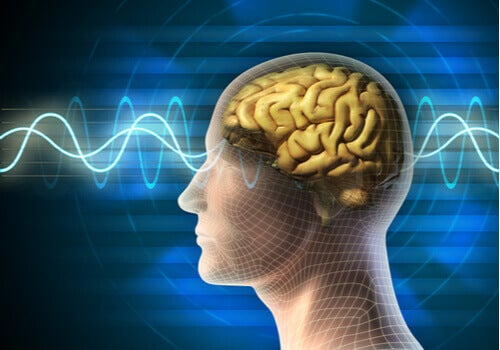Electroconvulsive therapy still has a certain stigma, thanks in part to the image that was built with film and television, however, over the years several improvements have been made to the procedure and implementation protocols and recommendations have been established.
As a result, it is now a safe and well-tolerated technique and, moreover, very effective, with this procedure it was possible to obtain response and even remission of symptoms in diseases that did not respond to conventional treatment alternatives. .
- Electroconvulsive therapy (ECT) involves sending small electrical currents through the brain to trigger a brief seizure that can cause brain changes that can improve some problematic symptoms.
The procedure is always performed in the hospital and under short general anesthesia, several electrodes are placed on the person’s scalp, through which a small amount of electrical current is distributed.
The seizure that occurs lasts about 40 seconds and the person will wake up after a few minutes without remembering the treatment.
To be effective it must be applied several times a week until adding between six and twelve sessions, in some cases it is recommended to continue with the maintenance of the TEC, since the applications are more spaced over time.
Electroconvulsive therapy has been shown to be very effective in treating depression, with significant rates of improvement recorded in 80% of cases, so it is above drug treatment. In addition, it is a safe and very fast procedure.
It is more specifically indicated for cases of severe depression, when the patient does not respond to drug treatment. It is also an excellent alternative in depression at risk of suicide, where it is important to get a quick improvement. particularly effective in the treatment of geriatric depression.
The efficacy shown by electroconvulsive therapy was similar to that of lithium, one of the most commonly used drugs to treat this condition. In addition, TEC causes a faster response. The most common cases that benefit from this technique are those with the greatest motor concern.
Catatonia is a clinical condition that can result from various disorders, in it the person can remain immobile, silent and without responding to external stimuli, the response rates in this syndrome range between 80 and 100%, so the ECT it is one of the best alternative treatments for this condition.
In the treatment of schizophrenia and other psychotic disorders, CET is recommended in combination with antipsychotic drugs; as much as possible, improvement is faster if the two solutions are combined.
The effectiveness is much greater since the onset of the episode is acute and its duration is short, equally, the cases in which there is an important motor and behavioral change are the most favored by this treatment.
Currently, ECT is considered a treatment of last resort, usually reserved for cases where the person does not respond to or does so insufficiently, as well as risk situations that require a rapid response or, even if it is drug treatment. counteradic.
However, many researchers say that this treatment should be more considered, as it has proven to be an effective and fast alternative To follow protocols of action is a safe procedure?Considering that any intervention or change carries a risk?This may be the best option to deal with many diseases.

